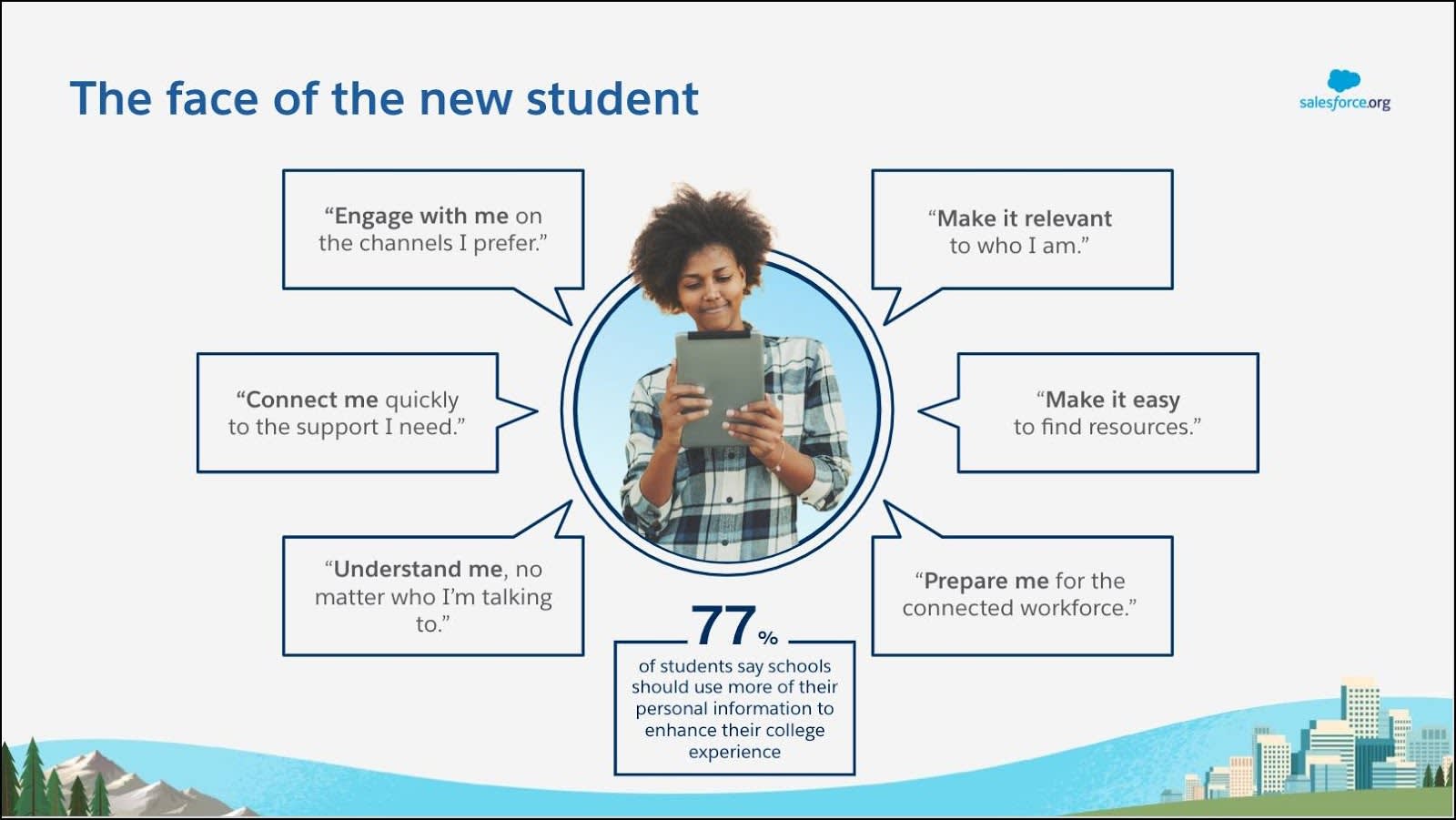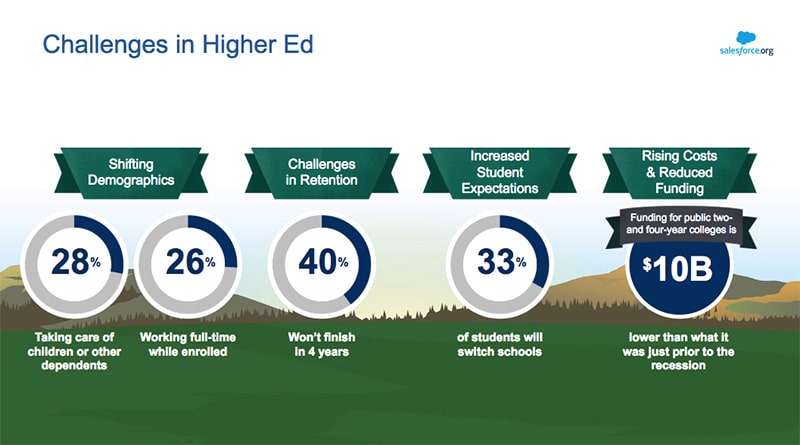Higher education landscape is ever-changing, and the Covid-19 pandemic has only been a recent addition to it. With the changes that covid brought educational institutions are going through a significant structural change. But with every change there comes an opportunity for an educational institution to benefit. In this article, we are going to discuss the challenges in detail and see how an institution can benefit and stand out in these conditions.
Reporting
For an institution, automated reports are the founding base of their insights and actionable items. But the fragmented nature of data collection among these institutions creates major problems. Reports that are generated in silos are unable to track the entire student journey. And thus, either it leads to no benefit, or a minute addition compared to its optimal capability.
Another issue arises when reporting needs to be done for separate business units that follow different reporting structure. Not having a centralized structure for reporting causes the institution to be less productive and it takes away time and energy from resources making their overall contribution less effective.
Improving internal & External Communication
Most institutions are facing this dire need to have personalized one–to–one interaction with their student community which is not possible by their older legacy system.
Students want to be a part of bigger community; they want to have a sense of inclusion. That sense of connection and community truly starts with a student’s very first interaction with an institution – when they are visiting an institution’s website and requesting information. This first touchpoint should be taken as a pivotal opportunity to collect student data that can later be used for tailored messages based on students’ interests and demographics.
University of Alabama has become one of the first higher ed clients of salesforce to resolve this issue by using Marketing Cloud for their internal as well as external communications. This integration has helped UAB to allow its individual departments to reach out to faculty, staff, and students through targeted, relevant communications.

Image Source = Google | Image By – TRAILHEAD
Flexibility
After the pandemic, the behavior of both students and staff members have changed. They want their institutions to be more flexible and provide learning options that can fit within a students’ busy schedule. The second edition of connected student report highlights that flexible course options has become a top need for any student prospect. Students are preferring a hybrid model of teaching where they are expecting 50% of their courses to be online. Even the staff members are expecting more remote work going forward.
Higher education leaders have accepted this newfound flexibility and are now working more diligently in providing part-term learning options for their students. This has become a part of their long-term strategy in achieving overall success for their institution.
Career Concerns
Financial challenges and anxiety about the future has made students to place their career post-graduation as their priority before enrolling to any institution. For the majority of students, future career prospects are the most important factor for them while opting for an institution.
Students want their institutions to proactively help them in internships, virtual job interviews, training, and connecting with employers. There are still concerns among many students about how their institutions are preparing them for jobs and careers.
When a survey was conducted to find out the indicator of a student’s decision to opt for a particular institution, majority of students ranked an institution’s ability to provide internships and job opportunities at the top.
According to the connected student report, “More attention needs to be paid to internships, service-learning options, and towards creating more support mechanism. Institutions should play a proactive0020role in providing their students right training and guidance for job interviews and virtual internships.”
New business model
The onset of Covid 19 has forced many institutions to make changes on how they were operating. These changes are done for growth and to increase overall efficiency. Many institutions have begun to change their business models and are becoming digitally flexible. Around 45% of staff said that their college/university is implementing new business model to adapt to the behavioral changes that were caused by this pandemic.
This pandemic has made the institutions to rethink their model as well as provided them with an opportunity to bring in new changes.

Image Source = Google | Image By – Salesforce.Org
Student well being
Students are spending much of their time in between obligations. Around 52% of the students have a part-time job, while 22% work full-time while attending institutions. Despite the high number of working students, they are still facing financial concerns. About two in every three students earned less money during the pandemic than they had before. These financial issues and maintaining work–life balance also weigh on students. One-third of the students struggle while managing their course loads, while majority of them are not finding a quiet place to study. Research done separately shows that female, students of color and younger students are the most vulnerable to mental health issues.
This is where institutes have a responsibility to find new ways to help students navigate through their increasingly complex lives. Whether it would be a direct intervention or through self-service resources.
Learner and Institution Success
Some Institutions are still running on their old legacy system. Most of them still don’t use integrated systems to connect with students. Thus, creating gaps in services and trust. Even after seeing the amount of energy needed to run these silo systems, less than half of institutions are prioritizing their tech integration investments. And only 40% are placing an emphasis on data analytics.
Institutes should be proactive to shift their system from working in silos to a well interconnected singular system. The true power of real-time data analytics can only be achieved if these changes are made so that stakeholders such as faculty, advisors, students can benefit long term.
So, what are you waiting for? Become a connected campus and conquer these challenges with Salesforce.
Leave A Comment